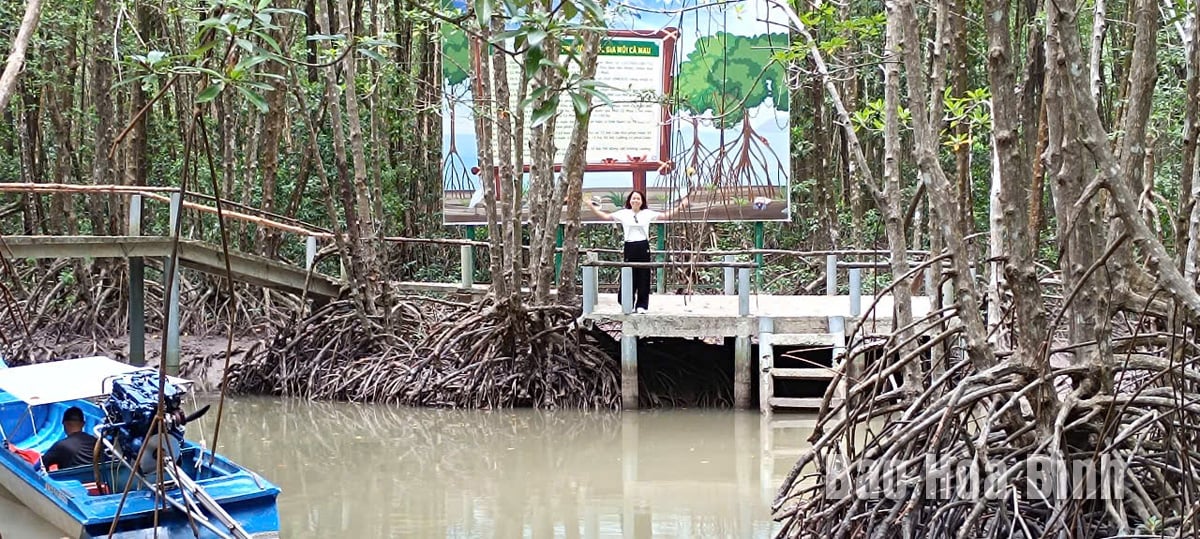
A corner of Ca Mau mangrove forest in Dat Mui commune, Ngoc Hien district, Ca Mau province.
The captain of the boat Van Truong has a tanned face, smiling as he sits in the driver's seat, ready for the trip. He said: "This port has about 15 - 20 boats carrying passengers, it is rare for a group not to participate in this "tour", so we have a lot of work to do and feel happy to serve the group". As someone who has worked in the profession for many years, he easily controls the small "spaceship" to fly and glide on the canal of his hometown. The golden sunshine, cool breeze and many scenes appear before his eyes: rows of corrugated iron houses close to the edge of the canal, the boat seems to be "lost" by the immense mangrove forest because all around him is just dense mangrove forest, layer upon layer of green mangroves. The mangrove roots are large and strong, spreading down, clinging to the ground. Standing under the tree, it is difficult to see the clouds and sky. A tourist thought: "The forest was a friend of guerrillas and soldiers during the years of resistance against the US to save the country. Visiting the forest, we understood the saying "The forest covers the soldiers, the forest surrounds the enemy". Weaving through many forests in the sound of the waves, the group finally reached the alluvial land - where there was a rest stop, the outermost point leading to the far sea...
Pointing to the distant forests, the tour guide continued: "We are only at a small corner of Ca Mau National Park with the largest mangrove forest in Vietnam and recognized by UNESCO as a world biosphere reserve." The smell of the ocean, the strong smell of salty alluvium from the alluvial plains permeates every breeze. On the other side of the water, there are three-sided crabs, mudskippers, small crabs crawling across, hidden behind the mangrove roots, under the layer of alluvial sediment...
The vegetation in Ca Mau mangrove forest is quite diverse with 27 species that are resistant to alum and salt such as Melaleuca, Atractylodes, Parrot, Ban, Date Palm... but the most common and largest area is the mangrove tree. Mangrove is a straight, round tree with a diameter of 30 - 45cm, an average height of 20 - 35m. Mangrove is an important plant species in the protection and restoration of coastal forests in Ca Mau; protecting the coastal area from saline intrusion, and at the same time acting as a "coastal guard" to block wind and storms. Ca Mau province's mangrove forest covers 63,000 hectares, of which Ca Mau Cape National Park alone has 15,000 hectares of mangrove trees. Therefore, mangrove forests are the ideal "cradle" and "home" for aquatic products with high economic value to live and reproduce, such as crabs, shrimps, mussels, three-sided crabs, mudskippers, etc., contributing to the brand of Ca Mau shrimp and crabs. Coming to this place, one understands more the saying "the land knows how to bloom, the forest knows how to walk and the sea reproduces".
Unable to hide her joy when "surfing" in the middle of the Ca Mau mangrove forest, Ms. Ngoc Huong from Hanoi confided: "It is truly green all around: blue sky, blue water, green forest. I am very moved to stand before the alluvial land at the end of the country, to feel the sea breeze and the green color growing in the Cape. The clips and photos I filmed and took will be a "gift" to invite my friends to come to Ca Mau Cape to explore and experience."
The time frame for this "tour" was not much, but the taxi was able to run about 10 km to take the group of tourists "gliding" through the Rach Mui, Lach Vam, Tam Thuong, Ba Mang canals and through the Bai Boi Control Station, to Bau Nho... so that everyone could "get lost" in the vast green mangrove forests. Everyone could feel the strong vitality of the mangrove trees as well as the rising pace of life of the people of Dat Mui today. There was another land, forest and sea to love, miss and long to return to...
Bui Huy
Source: https://baohoabinh.com.vn/276/201431/Mot-lan-lac-tr111ng-rung-duoc-Ca-Mau.htm


![[Photo] General Secretary To Lam works with the Central Policy and Strategy Committee](https://vphoto.vietnam.vn/thumb/1200x675/vietnam/resource/IMAGE/2025/5/28/7b31a656d8a148d4b7e7ca66463a6894)
![[Photo] Vietnamese and Hungarian leaders attend the opening of the exhibition by photographer Bozoky Dezso](https://vphoto.vietnam.vn/thumb/1200x675/vietnam/resource/IMAGE/2025/5/28/b478be84f13042aebc74e077c4756e4b)
![[Photo] Prime Minister Pham Minh Chinh receives a bipartisan delegation of US House of Representatives](https://vphoto.vietnam.vn/thumb/1200x675/vietnam/resource/IMAGE/2025/5/28/468e61546b664d3f98dc75f6a3c2c880)

![[Photo] 12th grade students say goodbye at the closing ceremony, preparing to embark on a new journey](https://vphoto.vietnam.vn/thumb/1200x675/vietnam/resource/IMAGE/2025/5/28/42ac3d300d214e7b8db4a03feeed3f6a)



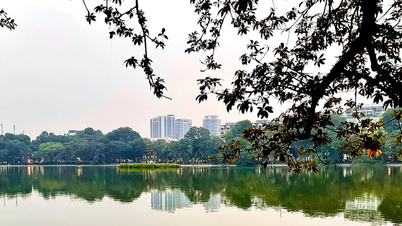





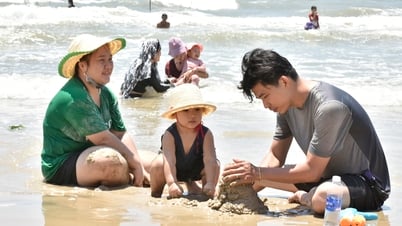

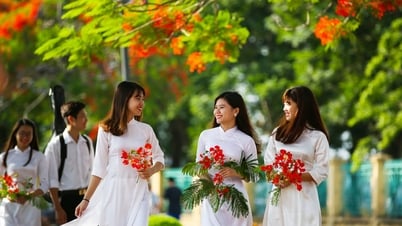





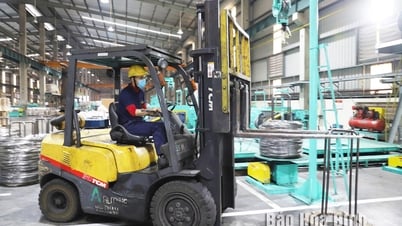
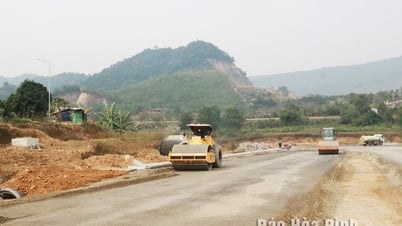


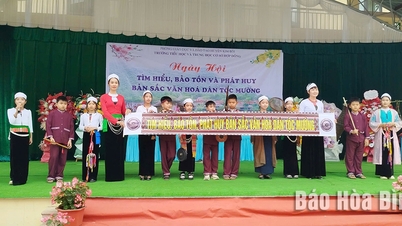
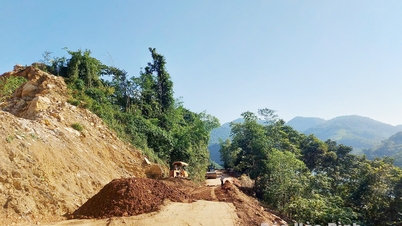


















































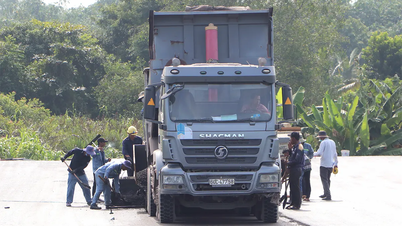

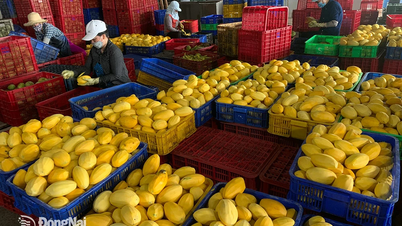

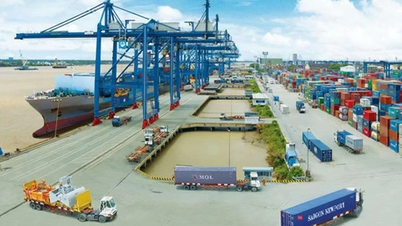








Comment (0)